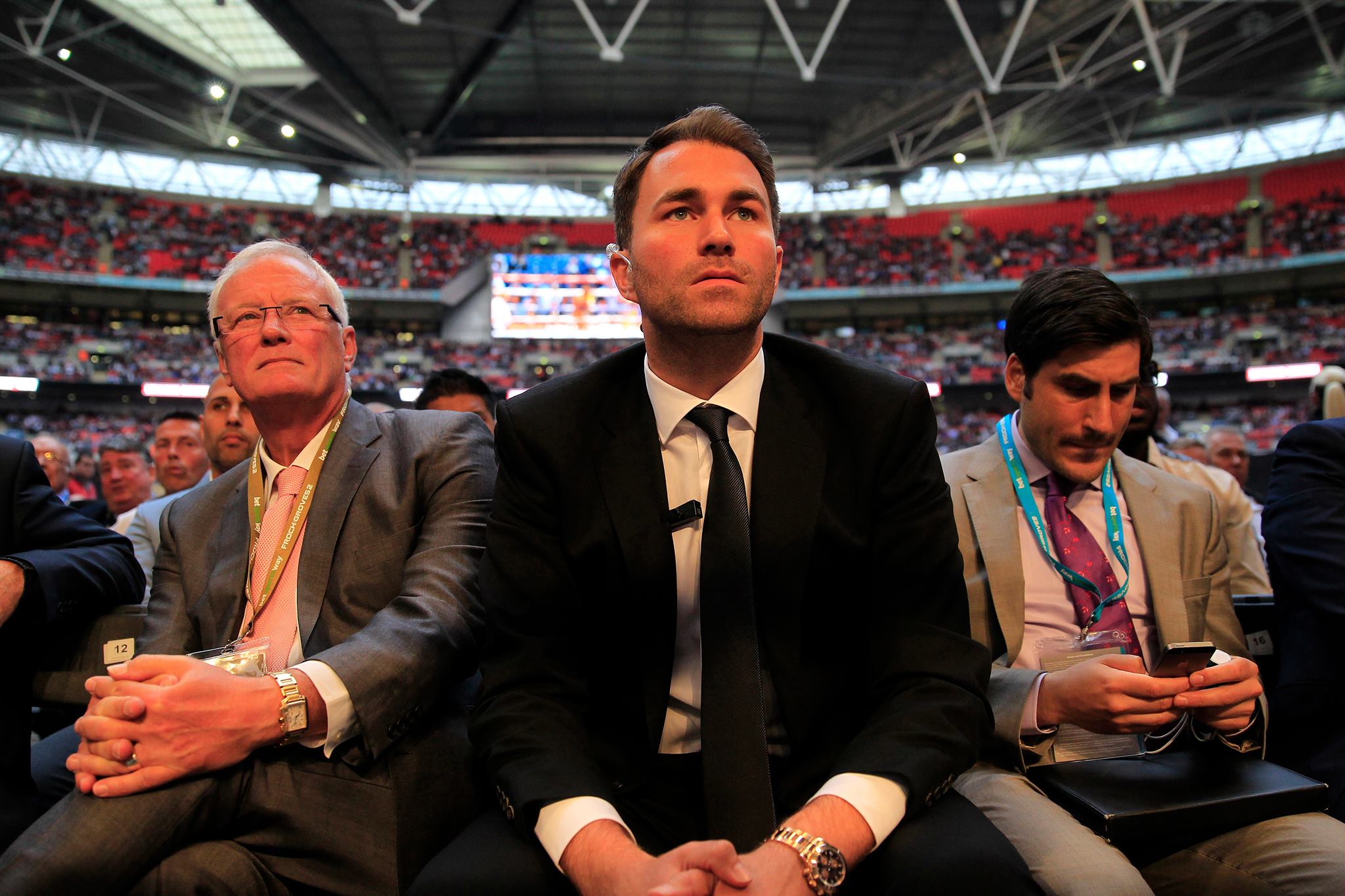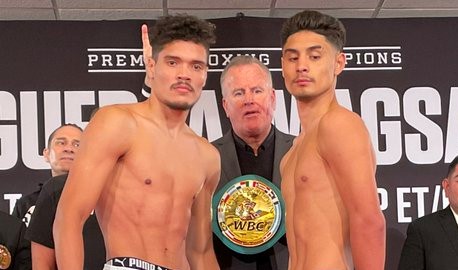Most people agree that exercise improves your mood and exercise has long been recommended for people struggling with depression. There are probably many reasons for the connection between fitness and mood, including social, psychological, physical and genetic factors.
It doesn’t seem to matter much what kind of exercise you do. Intensity and duration of the exercise don’t matter much, either. You can do strength training, go for a walk, take up soccer, play tennis or do calisthenics. Any exercise at all makes most people feel better.
Social Factors
One hypothesis is that you feel better when you exercise when it is a social activity. You get out of the house, do something active with other people, and you feel better. The combination of social support and activity helps improve your mood.
Psychological Factors
Exercise gives you a sense of accomplishment, especially if you do it regularly and see improvements in your fitness. Exercise also improves your body awareness and self esteem, and that makes you feel better.
Physical Factors
Most new research focuses on the neurochemical links between fitness and exercise. When you exercise, several brain chemicals that affect mood are released.
Endorphins: Endorphins cause the “runner’s high.” They are neurohormones released by the pituitary gland in response to stress—and your pituitary thinks exercise is stressful. Endorphins act exactly like narcotics, blocking pain and causing euphoria.
Endorphins can even be addictive like narcotics; “exercise addicts” actually become physically addicted to their own endorphins. As with all narcotic addiction, you can develop tolerance and require ever increasing amounts of endorphins to achieve the “natural high,” too, requiring more and more time devoted to exercise.
People with mood disorders are not likely to become exercise addicts, but the endorphin release caused by exercise can make them feel euphoric, improving their mood.
Catecholamines: When you exercise, your body releases large amounts of adrenalin and norepinephrine. They increase your heart rate and direct blood flow toward your muscles and liver. That increases the delivery of oxygen and nutrients to the muscles and causes your liver to release glycogen, your emergency energy supply.
These catecholamines, along with dopamine and serotonin, which are also released by exercise, also improve mental alertness and mood. In fact, they work like antidepressants. One study compared exercise to the antidepressant, Zoloft, and found that exercise was as effective as the medication in relieving depression.
BDNF (Brain Derived Neurotropic Factor): BDNF is a newly discovered substance that causes the growth of new brain tissue. It was previously believed that humans did not grow new neurologic tissue after infancy, but we now know that some brain growth does occur in certain areas of the brain. Brain tissue shrinks when we experience prolonged depression. BDNF is released with exercise, and it is hypothesized that it may help improve mood by causing growth of brain tissue. BDNF may also regulate motivation to exercise.
Genetic Factors
As we continue to learn more about the human genome, we are discovering that genes regulate more than we ever imagined. The production of BDNF is under genetic control, and there may be a genetic connection between depression and exercise motivation.
The more we learn about the connection between mood and exercise, the more we know exactly what we knew before: exercise improves your mood and makes you feel better.



















darende-haber.online
05/10/2022 at 7:04 pm
thank you
digor-haber.online
05/12/2022 at 4:30 am
thanks